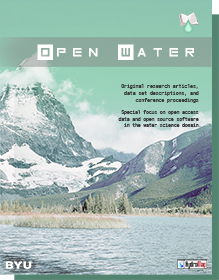Article Title
Keywords
salinity, TMDL, sensor networks, forecast modeling, stakeholder
Abstract
The concept of real-time salinity management was incentivized by the California Regional Water Quality Control Board by promoting it in the Water Quality Control Plan as an alternative to Waste Discharge Requirements specified in the 2004 salinity TMDL for the San Joaquin Basin. Adherence to the principles of real-time salinity management increase annual average salt export from the San Joaquin Basin and avoid potential fines associated with exceedences of monthly and annual salt load allocations which could exceed $1 million per year based on average year hydrology and TMDL-based export limits. The essential components of this program include the establishment of telemetered sensor networks, a web-based information system for sharing data, a GIS-based, basin-scale flow and salinity forecasting model and institutional entities tasked with performing weekly forecasts of San Joaquin River salt assimilative capacity and coordinating west-side drainage return flows. This paper provides an overview of progress made to date and describes an alarming finding of diminishing ungauged River accretions that threaten sustainability of the River resource made possible by the advances in modeling resolution resulting from this Program.
BYU ScholarsArchive Citation
Quinn, Nigel WT PhD, P.E., D.WRE, F.ASCE; Osti, Amye; Herr, Joel; Wang, Jun; and Raley, Elwood
(2017)
"WARMF-Online – A Web-Based Portal Supporting Real-time Salinity Management in the San Joaquin River Basin,"
Open Water Journal: Vol. 4:
Iss.
1, Article 4.
Available at:
https://scholarsarchive.byu.edu/openwater/vol4/iss1/4
